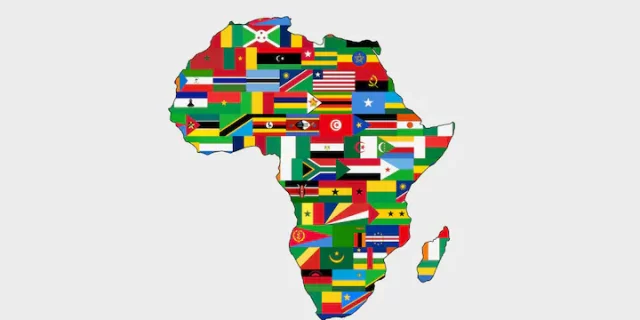Sub-Saharan Africa’s economic recovery is defined by certain sub-regions over-performing in comparison to the regional average and others underperforming.
The World Bank relayed the aforementioned information in its Africa’s Pulse bi-annual report. The global lender identified how Africa is doing based on regional performance, which supports its evaluation.
The report shows that while the Economic and Monetary Community of Central Africa (CEMAC) and the largest economies in Africa such as Nigeria and South Africa have underperformed, regions like the East African Community and the West African Economic and Monetary Union (WAEMU) are performing better than the regional average in 2023.
The presence of large areas of high development and small areas of low growth that are correlated with economic and political stability (or lack thereof) serves as confirmation of the significant diversity in growth between countries in the region.
More than three-quarters of the GDP of Sub-Saharan Africa is generated by the ten largest economies, seven of which are expanding at rates that are below their long-term average growth. Sudan, Ghana, and Angola are three of the nations that will do worse in 2023 than they did from 2001-2019 in terms of growth rates.
Nevertheless, development is anticipated to pick up for the majority of nations as the projected annual average growth rate for 2024-25 is greater than that of 2023 for 39 of the region’s 47 countries.
The report also notes that the largest economy in West Africa, Nigeria, is expected to experience a decline in growth from 3.3 percent in 2022 to 2.9 percent in 2023.
Nigeria’s “oil production remains below the OPEC+ quota amid capacity issues and lower international oil prices. Non-oil economic activity—particularly industry and services—still supports growth, although policy actions to remove fuel subsidies and unify the exchange rates might be weighing on these activities in the short term,” the report reads in part.








































